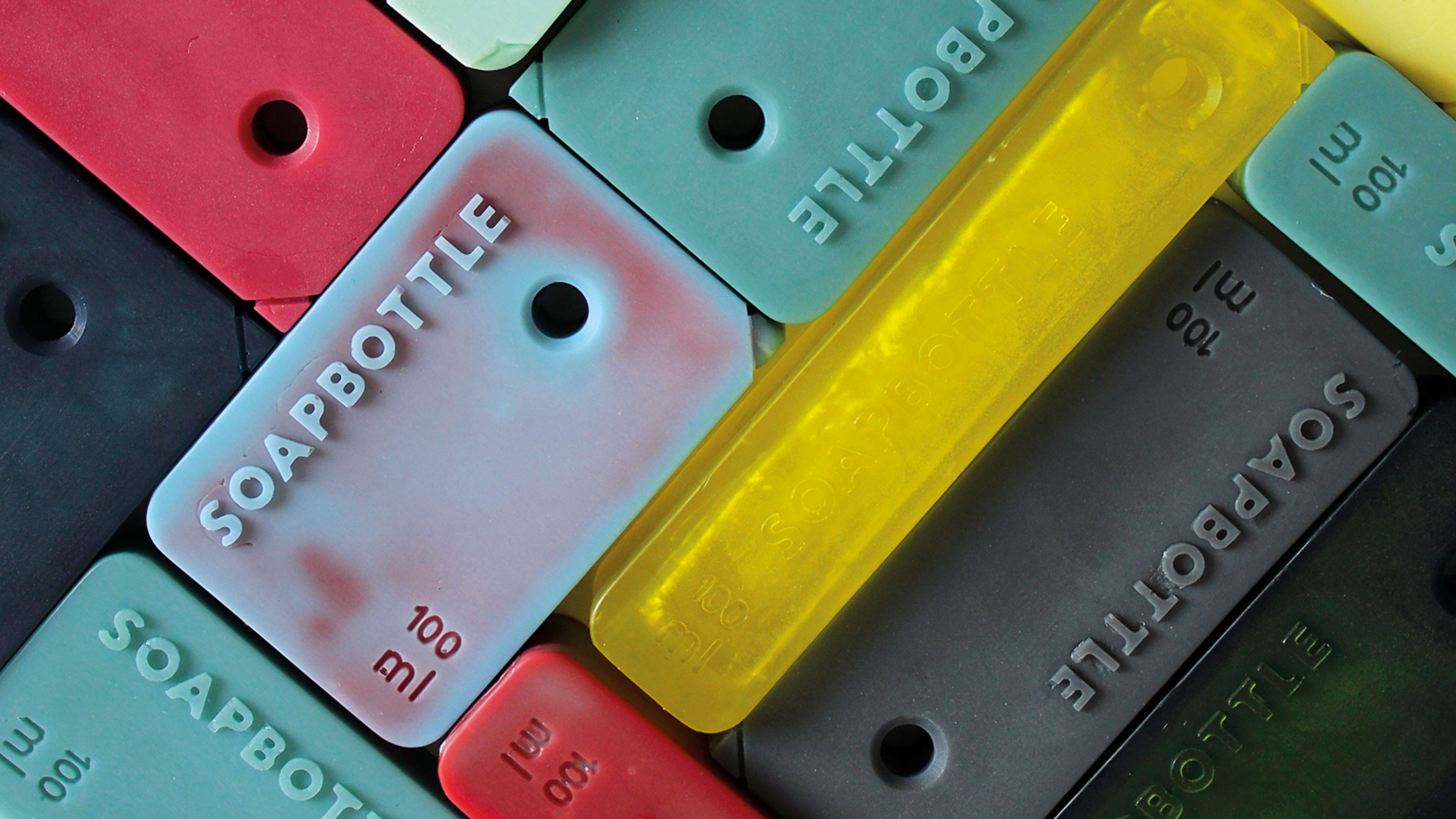Beauty brands are notorious for their elaborate packaging. To stand out on crowded shelves, companies design elaborate bottles and tubes; the average person uses 11 bottles of shower gel and 10 bottles of shampoo a year.
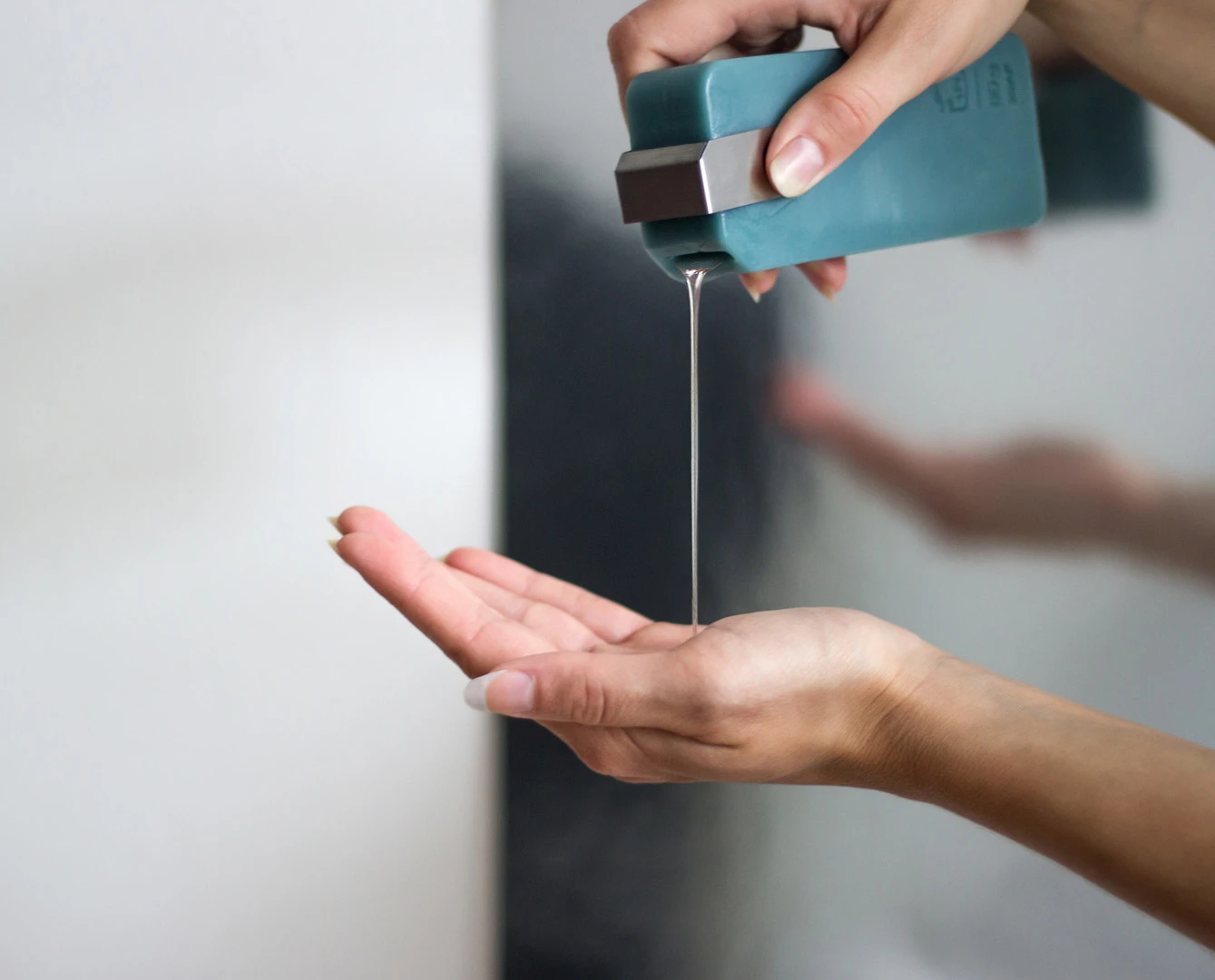
The majority of these products are packaged in plastic, contributing to the 300 million tons produced each year. And because most people don’t have recycling containers in their bathrooms, it is easy for these plastic containers to end up in the trash. Indeed, only 10% of all plastic is recycled. The rest of it ends up in landfills or the ocean, where it will sit for 500 years or longer.
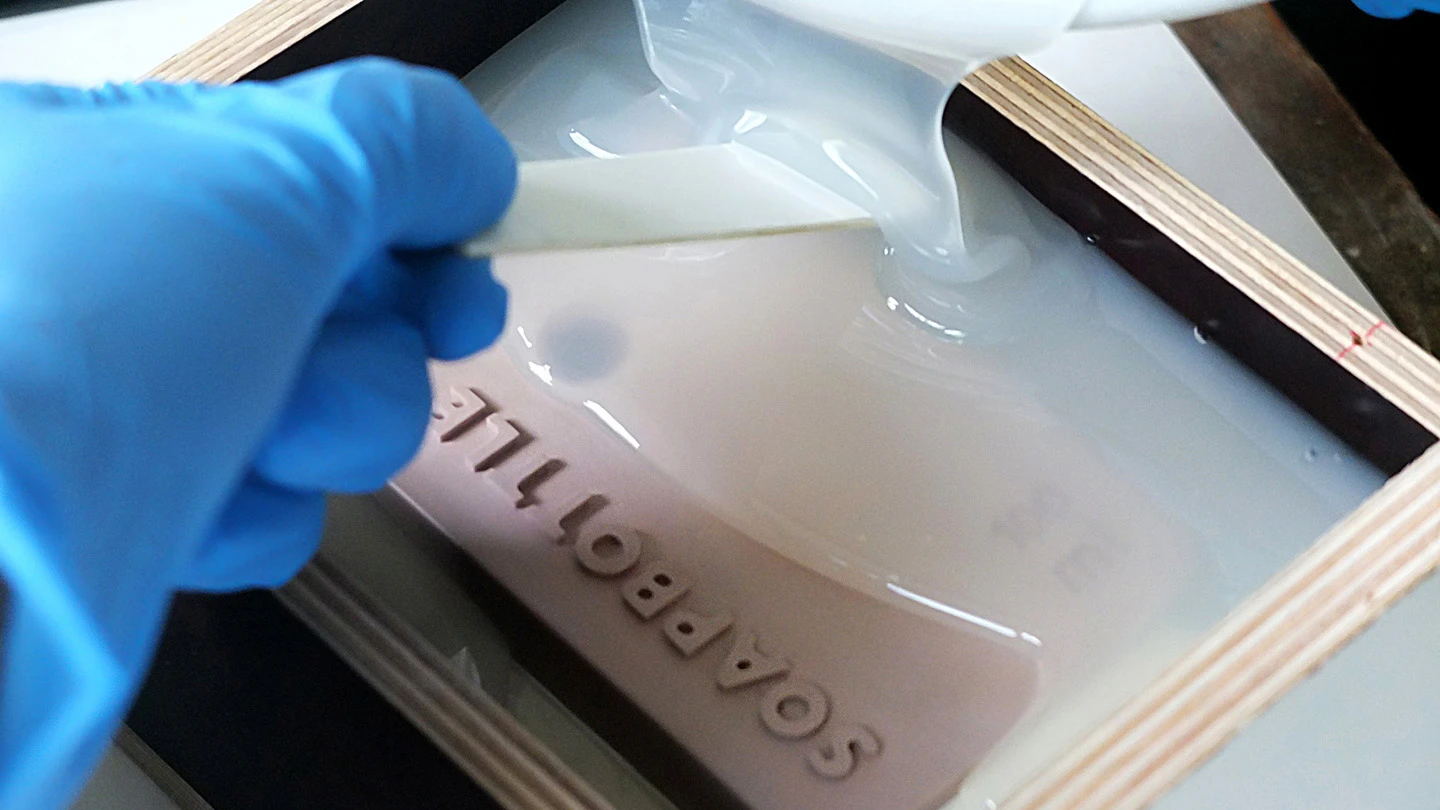
Berlin-based designer Jonna Breitenhuber has a solution. For her master’s thesis at the University of Arts, Berlin, she developed a bottle made from soap that can effectively serve as packaging for any liquid hygiene product on the market—and they are just as visually arresting as the best-designed plastic bottles.
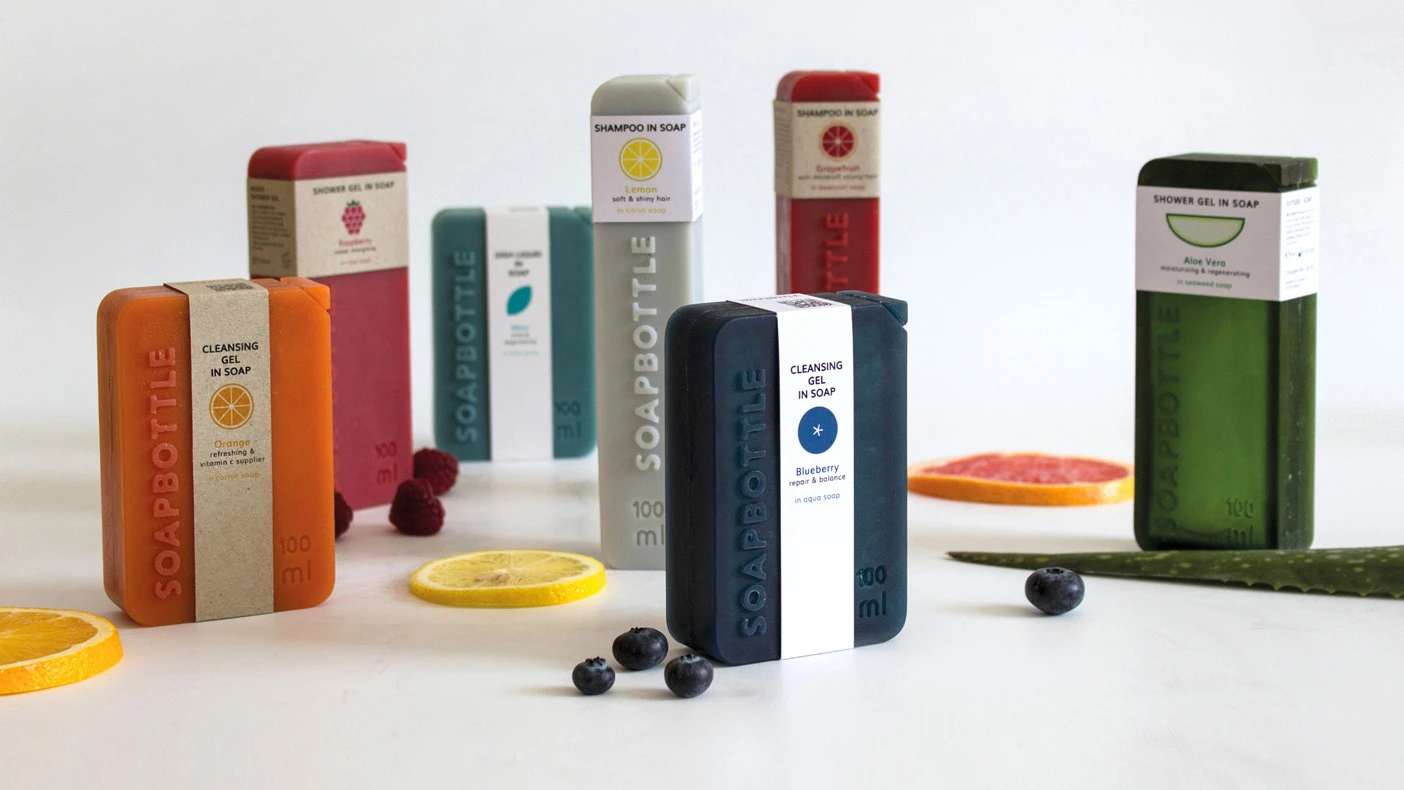
These bottles, which she calls SOAPBOTTLE, are made from a traditional piece of soap that’s been hollowed out. The interior is lined with a water-insoluble layer, which prevents any liquids contained within it from dissolving the soap. On the top, there is a reusable metal closure to allow you to open the top and pour out your shampoo or shower gel.
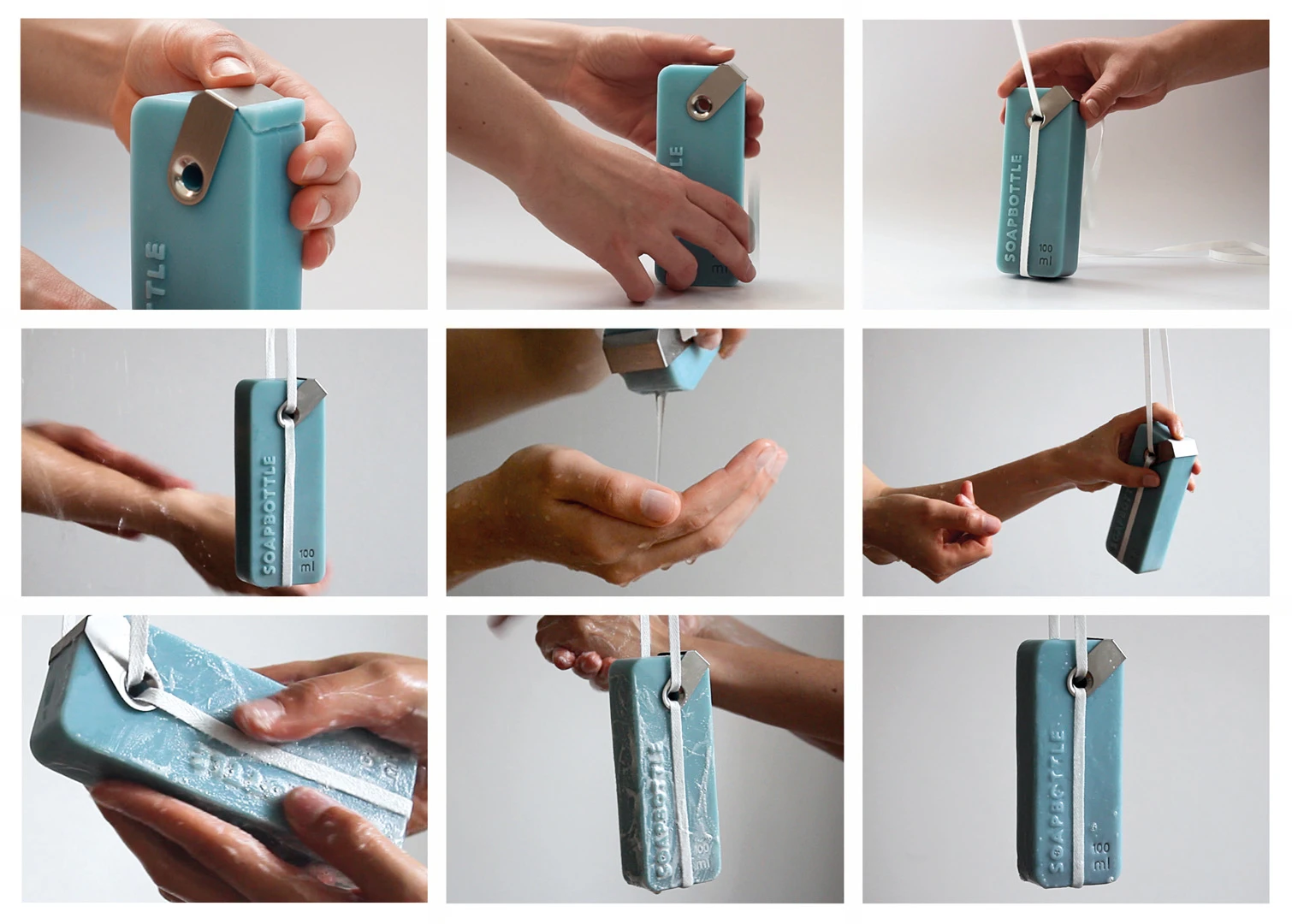
One problem you might encounter is that the soap will become slippery when it is in the shower. So Breitenhuber included an area to tie a ribbon or strap, making it easier to handle. The SOAPBOTTLE is also designed to be used as soap. Over time, it will gradually dissolve, but this happens slowly, so you will probably be done with the liquid contents within it. “These supposed disadvantages are used as design elements,” Breitenhuber explains. “The concept plays with the process of dissolution, with the transformation of the object and the individuality resulting from these aspects.”
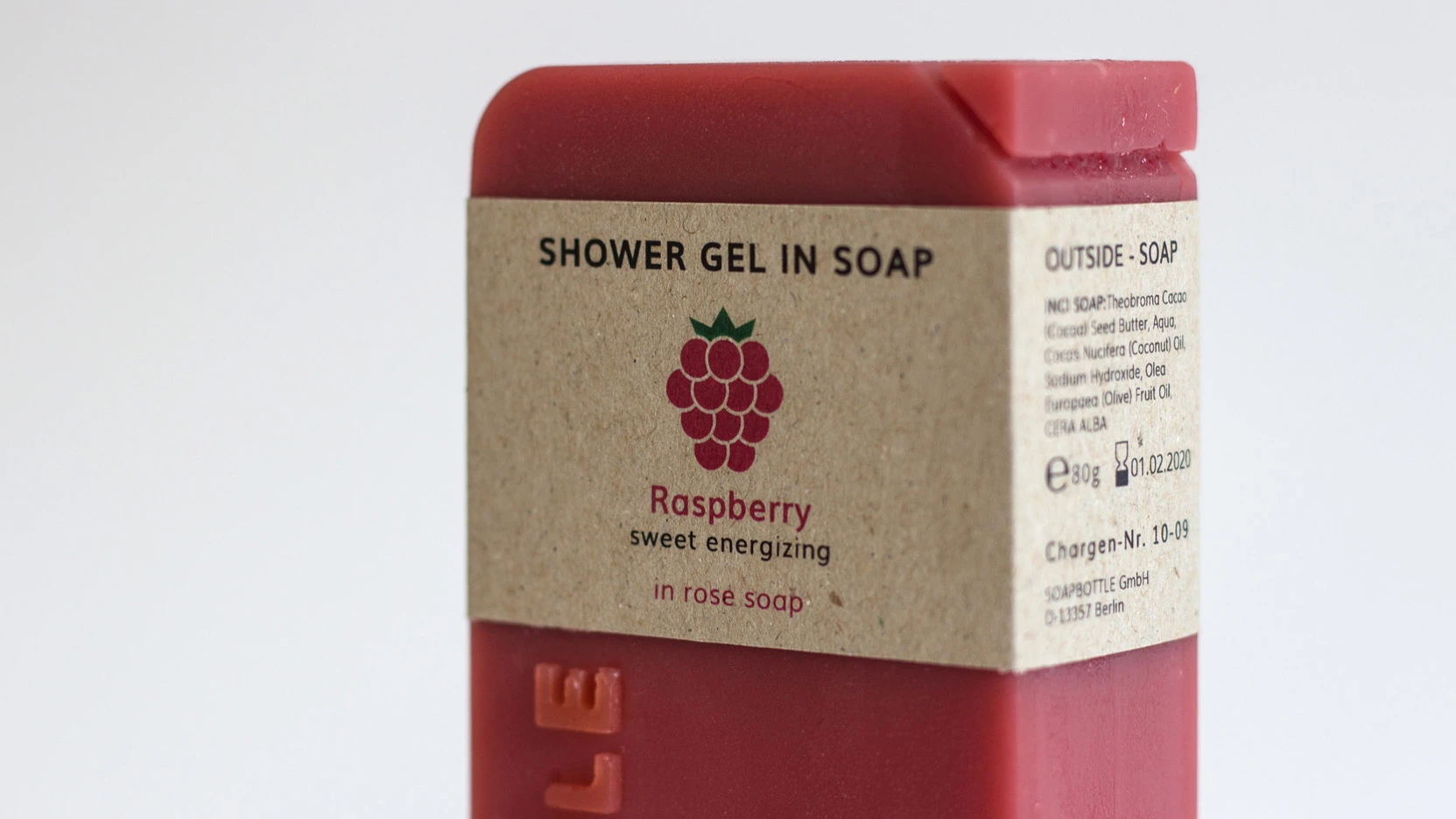
After a while, you’ll just have little remnants of soap left, which she recommends using as hand soap, and it’s entirely biodegradable. So unlike plastic, it will not result in any waste.
Recognize your brand’s excellence by applying to this year’s Brands That Matter Awards before the early-rate deadline, May 3.
